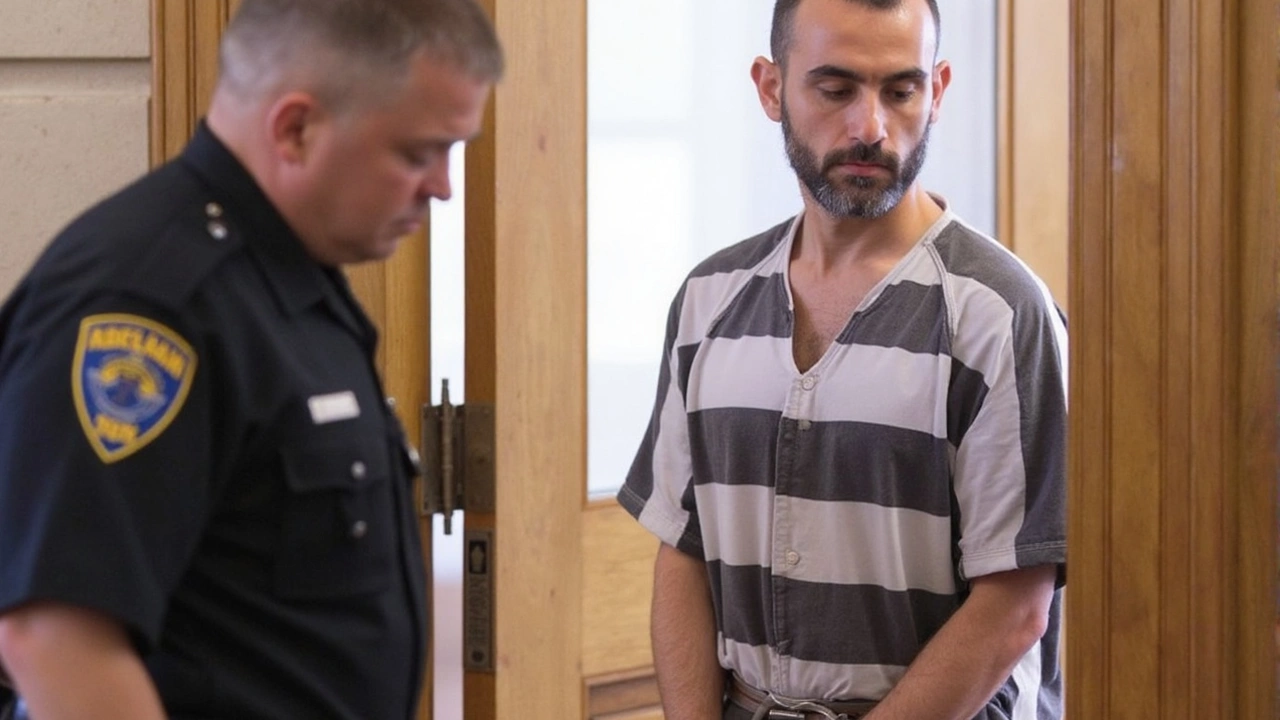Sentencing: A Simple Guide for Anyone Curious
When someone is found guilty in court, the next step is sentencing. That’s the judge’s way of deciding what kind of punishment fits the crime. It can feel confusing, but you don’t need a law degree to get the basics. This guide breaks down the key ideas so you can follow the process and know what to expect.
Understanding Different Types of Sentences
Sentences come in several shapes. A custodial sentence means the person goes to prison or a detention centre. A community sentence keeps them out of jail but requires things like unpaid work, a curfew, or attending a program. Fines are money penalties, while restraining orders limit who the person can contact. Often a judge mixes these, such as a short prison term followed by community service.
Each type serves a purpose. Prison is meant for serious offences or repeat offenders. Community orders aim to rehabilitate while keeping the offender in society. Fines punish lesser crimes and can also act as a deterrent. Knowing the differences helps you see why a judge might choose one over another.
How Sentencing Works in Court
Before sentencing, the judge looks at several factors. The offence’s seriousness, the offender’s background, and any harm caused all matter. If the person shows remorse or has a clean record, the judge might be more lenient. Conversely, prior convictions or aggravating circumstances can lead to tougher penalties.
Guidelines published by the government give judges a range to work within. They’re not strict rules, but they help keep sentences fair across similar cases. The judge also hears arguments from both the prosecution and defence. The prosecution may ask for a stricter sentence, while the defence will push for a lighter one.
After weighing everything, the judge announces the sentence in open court. The decision is recorded, and the offender usually has a short window to appeal if they believe the sentence is unfair. Appeals go to a higher court, which can change, uphold, or even increase the original punishment.
For victims, sentencing can provide a sense of closure. Some courts allow victims to give a statement, explaining how the crime affected them. While the sentence can’t undo the harm, it signals that the justice system has taken the offence seriously.
If you’re watching a case as a friend or family member, the courtroom language can sound technical. Remember that the core idea is simple: the judge is matching the punishment to the crime, using guidelines and personal judgment.
Finally, it’s worth noting that sentencing isn’t static. Laws change, and so do the guidelines. What was a typical sentence five years ago might look different today. Staying updated on local legal news can give you a clearer picture of current trends.
In short, sentencing is the court’s way of delivering a consequence that fits the offence. Whether it’s prison, community work, a fine, or a mix, each option aims to protect the public, deter future crime, and give offenders a chance to reform. Knowing the basics helps you follow the process with confidence, whether you’re directly involved or just curious.
Kieran Lockhart, May, 17 2025
Salman Rushdie's Attacker Hadi Matar Gets 25-Year Prison Sentence in New York Stabbing Case
Hadi Matar was sentenced to 25 years behind bars for stabbing author Salman Rushdie during a 2022 lecture in New York. Prosecutors convinced the jury of Matar’s intent with video evidence, dismissing claims of a random outburst. Rushdie’s injuries from the attack remain life-altering.
View More




